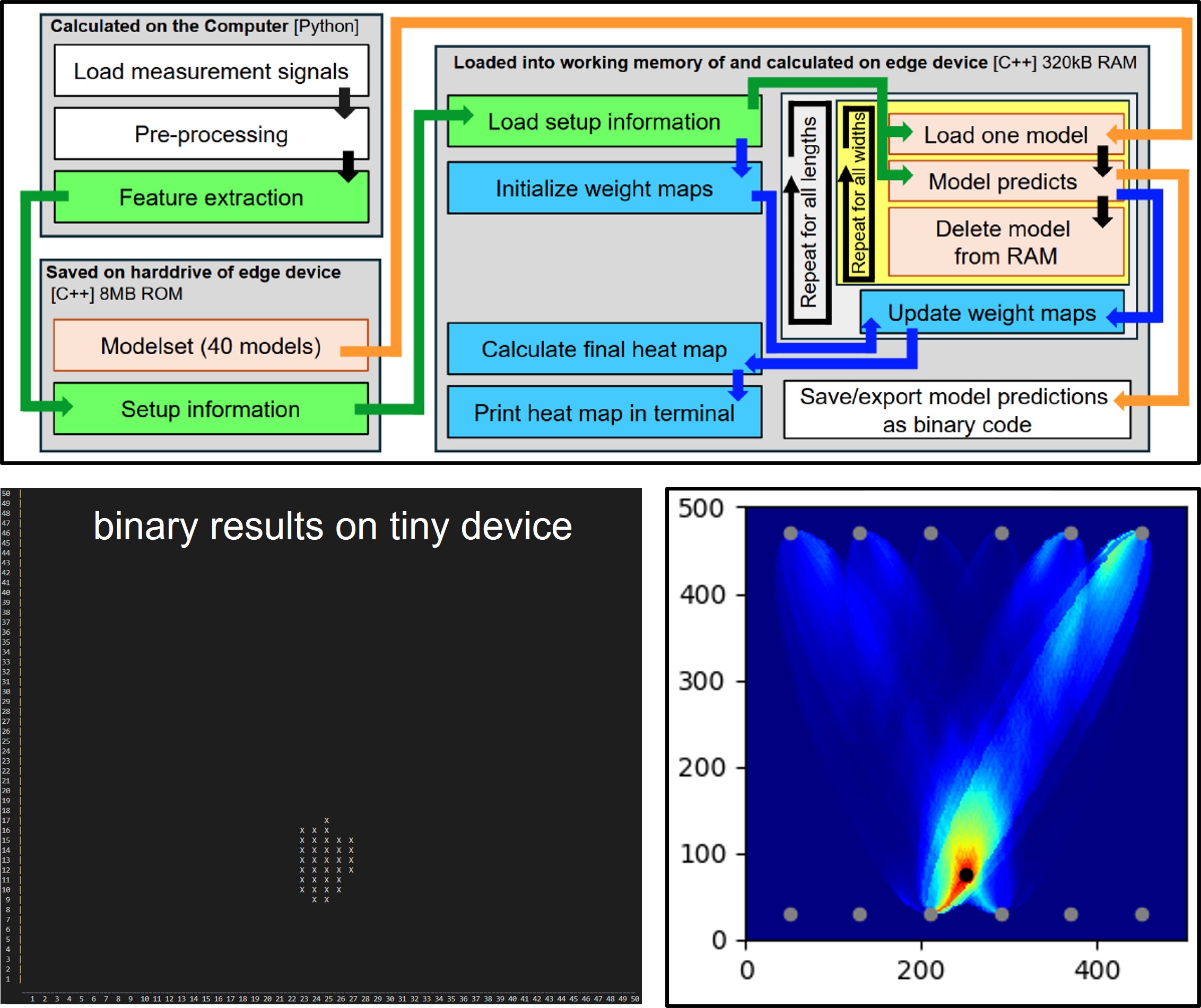A research article has been published in Remote Sensing that investigates flying insects using a continuous-wave radar at W-band.
Abstract:
Remote sensing techniques in the microwave frequency range have been successully used in the context of bird, bat and insect measurements. This article breaks new ground in the analysis of freely flying insects by using a continuous-wave (CW) radar system in W-band, i.e. higher mm-wave frequecies, by measuring and analyzing the micro-Doppler signature of their wing beat motion. In addition to numerical and experimental methods, the investigation also includes the development of a new signal processing method using a cepstrogram approach in order to automatically determine the wing beat frequency. In this study, mosquitoes (culex pipiens) and bees (apis mellifera) are considered as model insects throughout the measurement campaign. It was found that 50 independent micro-Doppler measurements of mosquitoes and bees can be clearly distinguished from each other. Moreover, the proposed radar signal model accurately matches the experimental measurements for both species.
More information:
Diyap, M.; Taremi Zadeh, A.; Moll, J. & Krozer, V., Numerical and Experimental Studies on the Micro-Doppler Signatures of Freely Flying Insects at W-Band, Remote Sensing, 2022 (accepted in November 2022)


